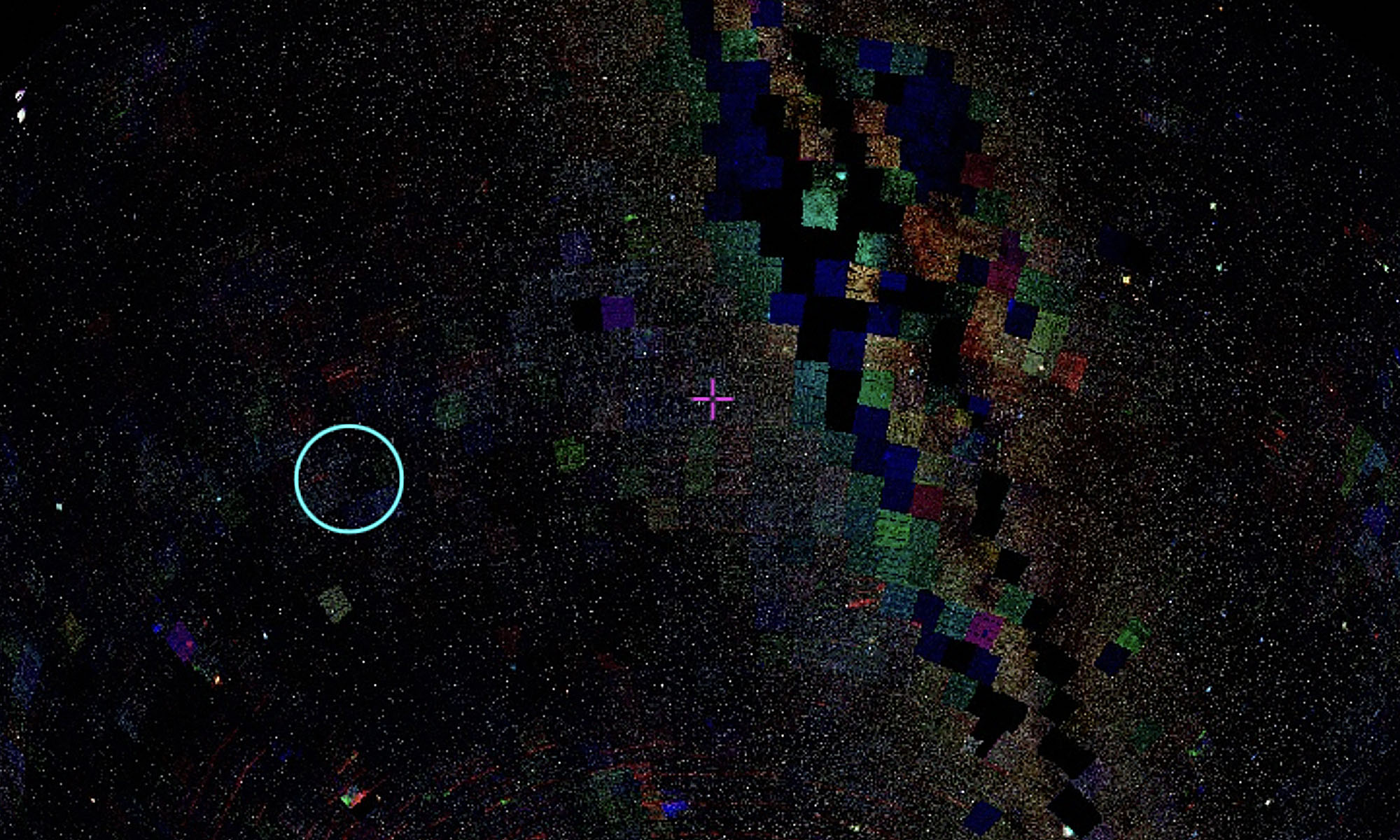This project will combine creative practice with methods of observational astronomy to investigate the growing impacts and potential mitigation strategies of human-caused space pollution.
Human interference in outer space presents a complex set of problems including significant disruption to astronomy research, cultural implications surrounding the loss of dark skies, and ethical issues of space colonisation. The negative effects of light pollution from growing cities means that over two billion people in the world can no longer see our own Milky Way Galaxy, and causes severe disruption to optical astronomy, circadian rhythms, and the behaviours of nocturnal and migratory animals. While this problem is widely recognised, what is often missed is the proliferation of noise and interference in the radio spectrum caused by our advancing network technologies, from domestic blue-tooth devices to space-based satellite communication networks. The emergence of ‘mega-constellations’ of satellites has severely impacted scientific research due to increased Radio Frequency Interference (RFI) and causes obstruction visible to the naked eye.
This project will focus on critiquing the impact of human interference in space through creative use of optical and radio astronomical data observations and sky survey methodologies. Exploring the ‘noise’ rather than the signals requires a divergent approach to astronomy through experimental use of these observational instruments and mapping technologies, that will benefit both scientific and artistic processes.
As a multi-faceted problem with universal consequences, approaching the implications of space intervention requires interdisciplinary understanding and co-authored protocols and policies. Rather than a specific outcome, we intend to cultivate creative research that can contribute to potential mitigation strategies, such as architectural design, lighting temperature, and the timing of using communication and radio wave devices. This crossover between scientific, social and cultural realms is crucial to inform a critical view of moving forward with astronomy research under interfered skies, and will facilitate creative inquiry relevant to both science and technology industries and arts and cultural sectors.
